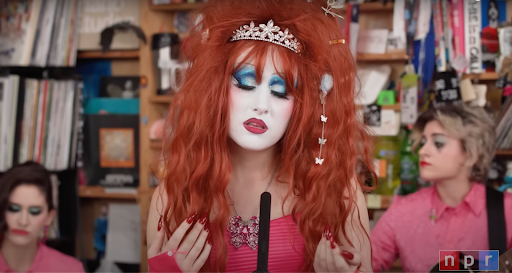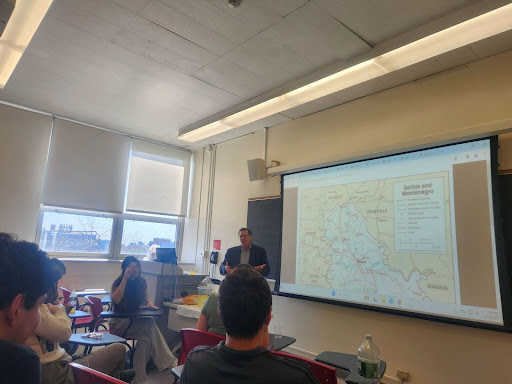Unless you’re expressly interested in labor relations in America, the phrase “Look for the Union Label,” is known to most young people as a vaguely familiar melody, contemporized in a parody by the character “Butters” in an old episode of South Park.
Yet that very lacking of a sense of history is what many believe is undermining labor unions in America today
Only eight percent of private sector workers belong to a union, and people who are between 18 and 29 years old make up just four percent of that figure. In a 2006 interview with Michael D. Yates of the Monthly Review, Robert Fitch, author of “Solidarity for Sale: How Corruption Destroyed the Labor Movement and Undermined America’s Promise,” describes the mindset that he feels led to these numbers.
“American workers are like the owners of a family car whose wheels fell off long ago. Each family member has gotten used to relying on their own two feet; they scarcely remember what it was like being able to ride together, relying on the power of their commonly owned vehicle.”
Indeed, there is a lack of unity among the working class of America, particularly its youngest members. To put it bluntly – we’re all in it for ourselves. Whether we are currently employed or have yet to enter the work force, we are convinced that we are going to one day be wealthy and successful, so much so that we need not concern ourselves with long-term issues like job security and healthcare.
While no one should be denied the hope of a great future, such a view is shortsighted. Most of us will one day find ourselves with families to provide for and all of the obligations that entails.
We will want to know that, so long as we can do our job and do it well, we cannot just be replaced like aging machine parts.
For all the cynicism that follows the concept of unions, their goal, at least on paper, is to assure that the jobs and interests of the rank-and-file workers are represented.
With the middle-class evaporating and an increasing number of jobs being outsourced, the phrase “now more than ever” comes to mind with the importance of institutions that protect employees from simply being viewed as expenses that can be reduced in favor of maximizing profit, rather than the common good.
We live in the era of a Wal-Mart in every rural county and a Starbucks on every city corner, and while their convenience is undeniable, these companies achieved their respective dominances off the backs of low-wage workers, whom they have been notorious in burning once the dreaded “u-word” is whispered within their walls.
On the flipside, some unions have managed to make people question their motives and decision making. The New York Taxi Workers Alliance declared two temporary strikes in the last two months in protest over mandatory GPS and credit card systems that the TLC, their governing body, agreed to in the last fare increase. In addition, the Transit Workers Union launched a now infamous two-day strike in December of 2005.
It then negated its own progress when the contract it was offered by the MTA was voted down because younger workers refused to agree to contribute toward overall healthcare costs. This further proved the dangers of shortsighted thinking, even amongst people who are supposedly united.
“Look for the Union Label” was written in 1975 for the International Ladies’ Garment Workers’ Union, to encourage people to buy clothes made in the US, and thus preserve jobs and livelihoods. Yet today, 92 percent of clothes purchased in America are imported.
Unless we as a people, particularly the youth of America, come together, unions will be further resigned to the pages of history.















